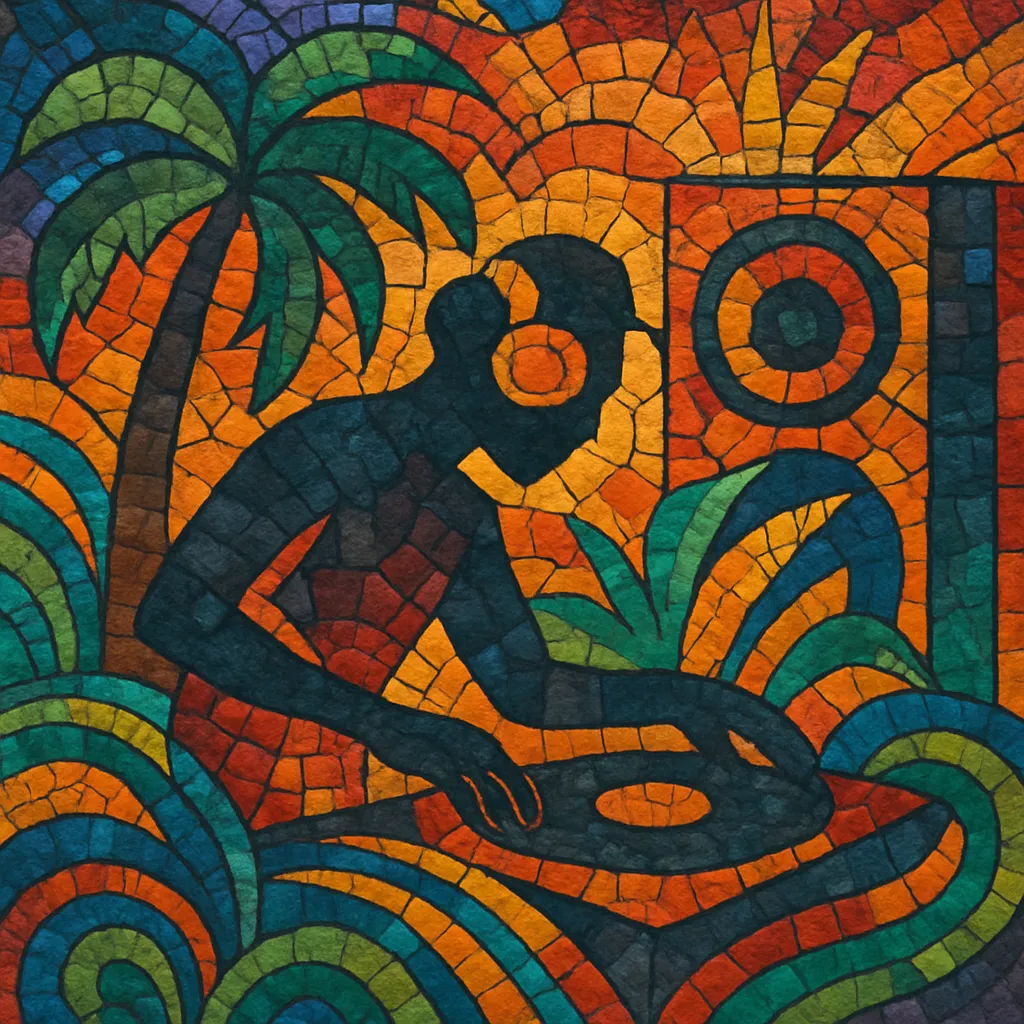Moombahton is a dance music genre that fuses the high-energy, synth-driven sound design and build‑drop structures of Dutch/electro house with the slower, syncopated dembow rhythm of reggaeton and dancehall.
Characteristically sitting around 108–115 BPM (often ~110), it emphasizes heavy, swung percussion, off‑beat stabs, and midrange lead synths, while retaining Latin/Caribbean groove and call‑and‑response vocal hooks. The result is festival‑ready EDM power at a slower, body‑rolling tempo that feels both tropical and club‑focused.
Moombahton originated in 2009 in the United States when DJ/producer Dave Nada slowed a Dutch house remix (Afrojack’s remix of Silvio Ecomo & Chuckie’s “Moombah”) to reggaeton tempo at a house party in Washington, D.C. The slowed‑down, dembow‑inflected feel worked so well that Nada began producing original tracks at ~110 BPM, coining the term “moombahton” from the source track’s title.
In the early 2010s, Dave Nada (with Matt Nordstrom as Nadastrom) and DJ Sabo launched the Moombahton Massive party series, helping establish a community and sound identity. Dutch‑Dominican producer Munchi rapidly expanded the palette with influential EPs, while Dillon Francis brought the style to larger EDM audiences. The core aesthetic—EDM builds and drops reimagined over reggaeton/dancehall dembow—solidified in this period.
By the mid‑2010s, moombahton’s tempo and groove informed major pop and EDM crossovers; artists such as Major Lazer (e.g., “Lean On”) helped normalize mid‑tempo, tropical‑leaning drops in mainstream dance-pop. Producers blended moombahton with trap, bass music, and global club styles, leading to adjacent scenes (e.g., twerk, mid‑tempo trap hybrids) and influencing the rhythmic direction of urbano latino and global pop.
Moombahton remains a go‑to mid‑tempo club framework: instantly danceable, festival‑capable, and vocally friendly. Its impact is audible across pop, EDM, and Latin urban music, where the 100–115 BPM, dembow‑driven drop has become a familiar mainstream device.


